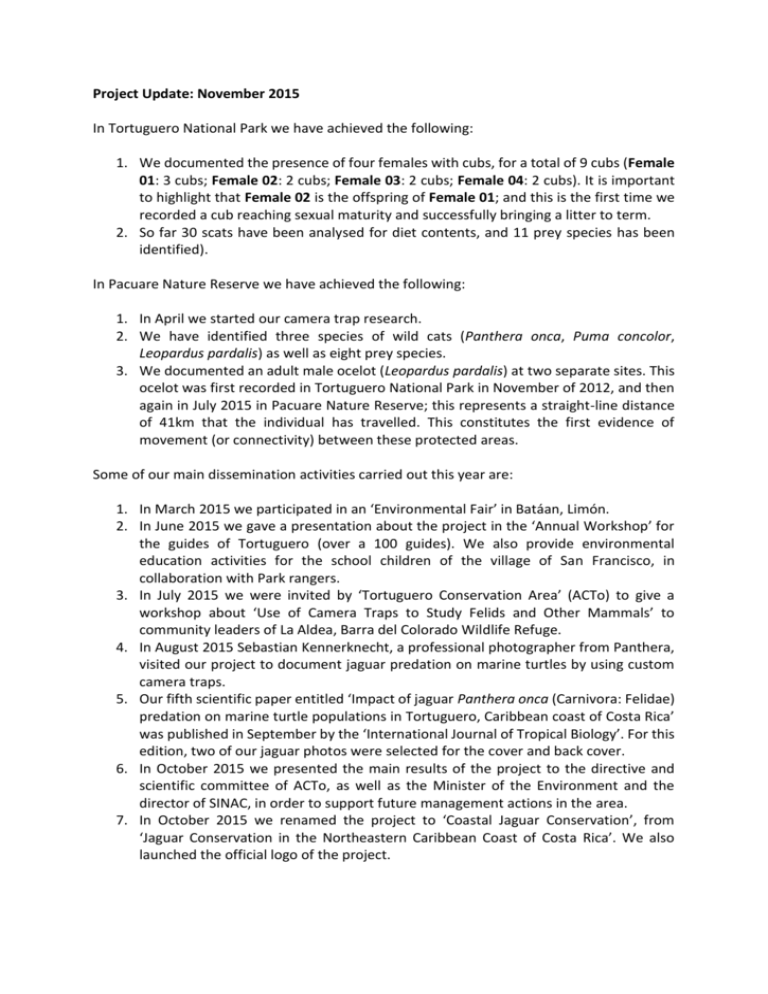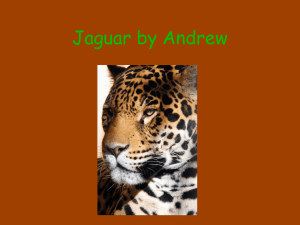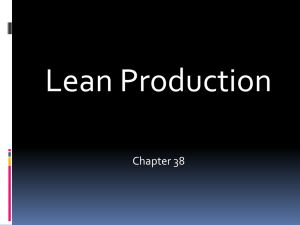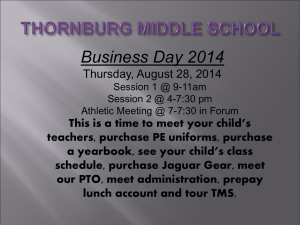November 2015
advertisement

Project Update: November 2015 In Tortuguero National Park we have achieved the following: 1. We documented the presence of four females with cubs, for a total of 9 cubs (Female 01: 3 cubs; Female 02: 2 cubs; Female 03: 2 cubs; Female 04: 2 cubs). It is important to highlight that Female 02 is the offspring of Female 01; and this is the first time we recorded a cub reaching sexual maturity and successfully bringing a litter to term. 2. So far 30 scats have been analysed for diet contents, and 11 prey species has been identified). In Pacuare Nature Reserve we have achieved the following: 1. In April we started our camera trap research. 2. We have identified three species of wild cats (Panthera onca, Puma concolor, Leopardus pardalis) as well as eight prey species. 3. We documented an adult male ocelot (Leopardus pardalis) at two separate sites. This ocelot was first recorded in Tortuguero National Park in November of 2012, and then again in July 2015 in Pacuare Nature Reserve; this represents a straight-line distance of 41km that the individual has travelled. This constitutes the first evidence of movement (or connectivity) between these protected areas. Some of our main dissemination activities carried out this year are: 1. In March 2015 we participated in an ‘Environmental Fair’ in Batáan, Limón. 2. In June 2015 we gave a presentation about the project in the ‘Annual Workshop’ for the guides of Tortuguero (over a 100 guides). We also provide environmental education activities for the school children of the village of San Francisco, in collaboration with Park rangers. 3. In July 2015 we were invited by ‘Tortuguero Conservation Area’ (ACTo) to give a workshop about ‘Use of Camera Traps to Study Felids and Other Mammals’ to community leaders of La Aldea, Barra del Colorado Wildlife Refuge. 4. In August 2015 Sebastian Kennerknecht, a professional photographer from Panthera, visited our project to document jaguar predation on marine turtles by using custom camera traps. 5. Our fifth scientific paper entitled ‘Impact of jaguar Panthera onca (Carnivora: Felidae) predation on marine turtle populations in Tortuguero, Caribbean coast of Costa Rica’ was published in September by the ‘International Journal of Tropical Biology’. For this edition, two of our jaguar photos were selected for the cover and back cover. 6. In October 2015 we presented the main results of the project to the directive and scientific committee of ACTo, as well as the Minister of the Environment and the director of SINAC, in order to support future management actions in the area. 7. In October 2015 we renamed the project to ‘Coastal Jaguar Conservation’, from ‘Jaguar Conservation in the Northeastern Caribbean Coast of Costa Rica’. We also launched the official logo of the project. 8. In November 2015 we took part in ‘Turtle Bogue Festival’, a celebration of the end of the nesting season in Tortuguero National Park. During this event we shared the main results of the project with the local community. Project leaders Stephanny Arroyo-Arce & Ian Thomson starting the camera trap project in Pacuare Nature Reserve. Photo by Stephanny Arroyo-Arce. First evidence of movement (or connectivity) between Tortuguero National Park and Pacuare Nature Reserve. Photo by Coastal Jaguar Conservation. Visit of the professional photographer Sebastian Kennerknecht to our project in order to document jaguar predation on marine turtles by using custom camera traps. Photo by Sebastian Kennerknecht. Project leaders Stephanny Arroyo-Arce & Ian Thomson presenting the main results of the project to the directive and scientific committee of ACTo, as well as the Minister of the Environment of Costa Rica. Photo by Ian Thomson. Project leaders Stephanny Arroyo-Arce & Cover and back cover of the September Ian Thomson attending ‘Turtle Bogue Edition of the ‘International Journal of Festival’ in Tortuguero National Park, Costa Tropical Biology’. Rica. Photo by Ian Thomson. The official logo of our project ‘Coastal Jaguar Conservation’









